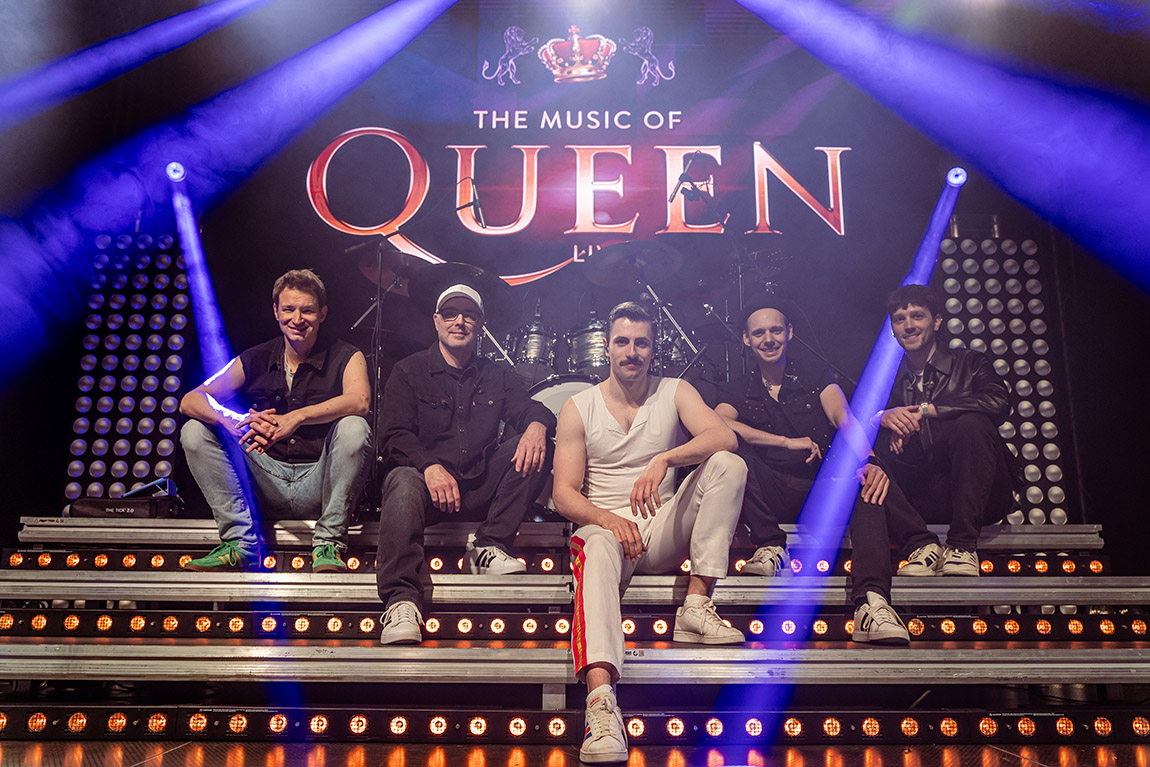South Tyrol: tradition, taste and trails in Italy’s North
TEXT: WIBKE CARTER

Cross country skiing in the Dolomites. Photo: KOTTERSTEGER
Europe’s varied history has redrawn many borders over centuries, and South Tyrol, Italy’s northernmost province, stands as a testament to this evolution.
Until 1918, it was part of the Austro-Hungarian empire, but this predominantly German-speaking territory was occupied by Italy during World War I. After World War II, the Allies decided South Tyrol would remain part of Italy, granting it considerable autonomy and allowing it to retain 90% of revenue which makes it one of the wealthiest regions in Europe.

Ansitz Zum Steinbock. Photo: Alex Filz
Villanders
“We actually don’t identify as Italian or Austrian but South Tyrolean,” says Elisabeth Rabensteiner in her native German. She runs the historic Ansitz Zum Steinbock Hotel in the small village of Villanders. “We’ve got the Austrian mentality, Italian food and fashion, and German work ethics and efficiency.” Today, nearly 70% of the population still speaks German. And it is not just the language (all public signs are bilingual) but also the customs and traditions which sets this region apart from the rest of Italy.

Mirror room inside LUMEN 1. Photo: Wibke Carter
The Villanderer Alm, a seasonal mountain pasture at altitudes between 1700 and 2500 meters above sea level, has been farmed for centuries. Following Alpine traditions, cattle graze the summer pastures while the yields from the mowing serve as fodder for the farm animals in winter. The area has become increasingly popular with nature lovers and hikers, attracted by its high moors, lush meadows and magnificent views of the western Dolomites. The Lake of the Dead and the Chapel of the Dead are popular destinations. Over 100 mountain huts are scattered throughout the area, some offering food and shelter like the Mair in Plun, a family-owned hut for over 200 years, which serves traditional Alpine cuisine between May and November. Trout from the lake, beef from the farm and the quintessential Austrian dessert, Kaiserschmarrn, grace the menu.

Kronplatz. Photo: Unsplash
Meran
South Tyrol has about 534,000 inhabitants out of which about a quarter of a million live in the greater metropolitan area of Bozen. The region’s beating heart, however, is Meran about one hour north of the capital. Here Europe’s largest contiguous apple-growing region is located, where about 6,000 farmers produce every second apple in Italy and every tenth in Europe.

Local cheese from Natur Sennerei Unterhuber. Photo: Wibke Carter
Meran is South Tyrol’s second biggest city and was the Tyrolean capital for centuries, its grandeur is still visible in the promenades and palm trees, gardens and parks, castles and palaces, villas and magnificent buildings. Known for its sunny microclimate since the Habsburg era the charming town has been a beloved spa destination attracting Austrian royals as well as notable figures such as Freud and Kafka. The city’s therapeutic traditions have flourished in the new millennium, with spa hotels attracting a new generation of health-conscious visitors and bolstering the region’s booming organics movement.

Visitors inside the MMM Corones. Photo: Wibke Carter
At the hotel Castel Fragsburg, Renate de Mario Gamper oversees the region’s first alchemistic healing spa. “I grew up a bit like Heidi,” she laughs. “Every summer, my family moved up to the Alm. We slept in the hay, the water came from the stream, the milk fresh from the cow.” Growing up in the mountains, she learned about nature’s healing properties from her grandmother. “Herbs are like friends. You don’t need a lot but the ones you have you know well and can rely on around the clock,” she says, offering insights into traditional remedies during guided walks. The spa offers unique treatments like goat’s milk baths in outdoor larch wood tubs.

Norbert Niederkofler. Photo: Atelier Moessmer
Kronplatz
The Kronplatz, nicknamed “panettone” by Italians due to its shape, is South Tyrol’s premier ski mountain offering more than 115 kilometres of slopes. Recent years have seen the addition of hiking paths and cultural attractions, including two museums: the MMM Corones, designed by Zaha Hadid and dedicated to mountaineering legend Reinhold Messner’s collection of climbing artefacts, and LUMEN, showcasing mountain photography across four floors. The nearby AlpiNN Food Space and Restaurant, overseen by three-Michelin-starred chef Norbert Niederkofler, embraces his “Cook the Mountain” concept, using only ingredients from surrounding mountains and valleys, with strict principles: no greenhouses, no olive oil, no citrus fruits and no waste.
Local culinary traditions remain strong throughout the region. At Hotel Petrus in Reischach guests can experience Marende. “It’s a traditional South Tyrolean snack which has its origins in the harvest time when workers took a little meal out to the fields to get them through the day”, says Daniela Aichner who runs the property together with her sisters Brigitte and Christina. The hotel, like many others, partners with local producers such as Natur Sennerei Unterhuber for fresh natural yoghurt and Toni Mair unter den Eggen for the famous Tiroler Speck (Tyrolean bacon). This commitment to local sourcing and seasonal ingredients exemplifies South Tyrol’s approach to preserving its unique cultural heritage while being part of both Italy and Europe.

Riverfront Meran. Photo: Alessio Zaccaria/Unsplash
Subscribe to Our Newsletter
Receive our monthly newsletter by email





